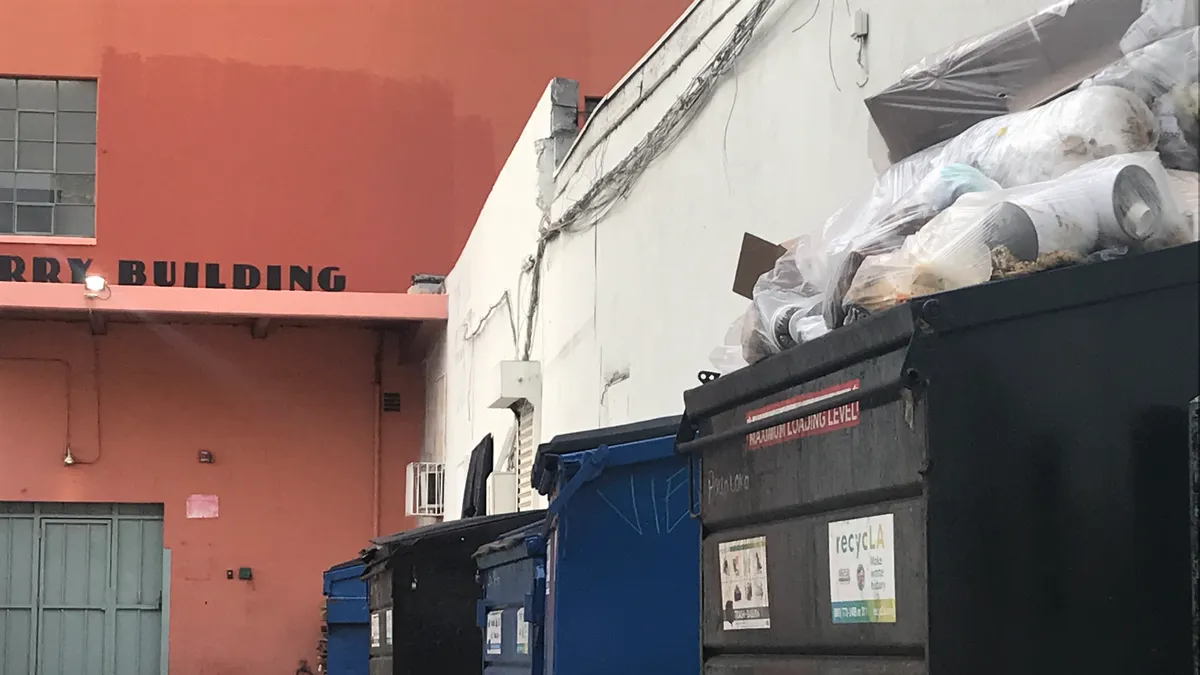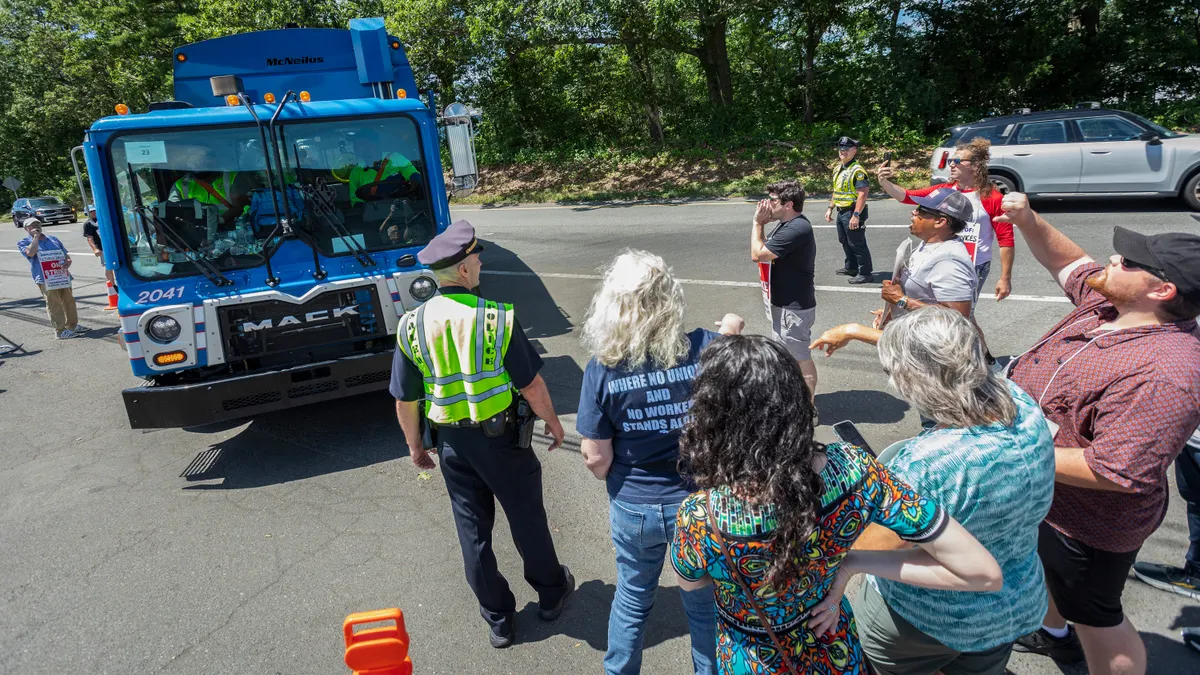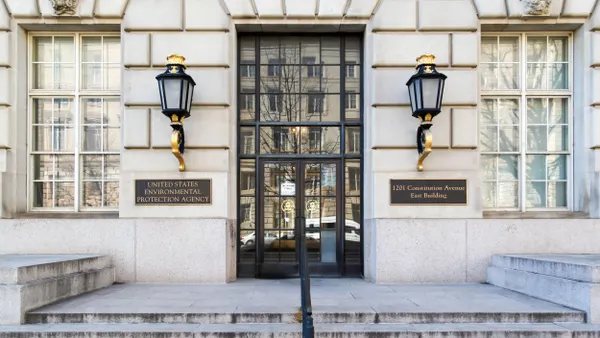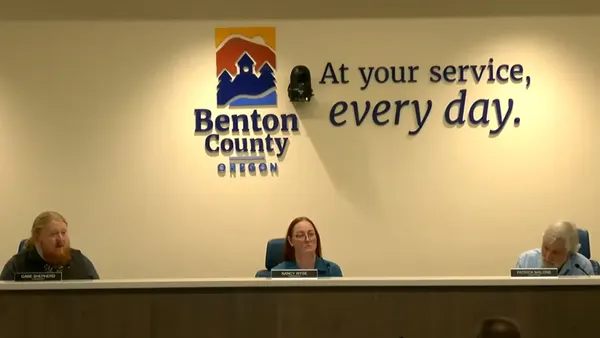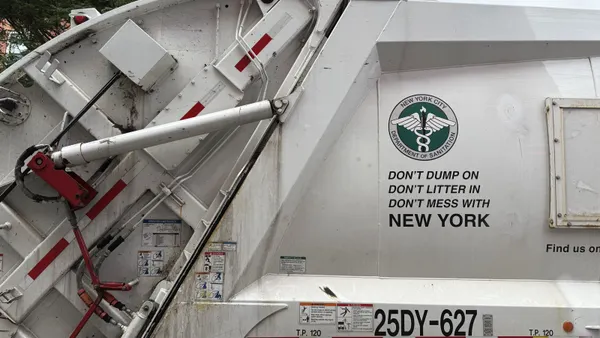The U.S. EPA announced on Monday a revised definition of “waters of the United States” under the Clean Water Act, a move that could have implications for certain water permitting or other federal requirements for the waste industry.
The EPA under the Trump administration had announced its intent earlier this year to revisit the WOTUS definition. The proposed update aims to provide a “clear, durable, common-sense definition” under the Clean Water Act, EPA Administrator Lee Zeldin said during a press conference Monday.
The Trump administration says it also wants the definition to be more in line with a key U.S. Supreme Court ruling in 2023, known as Sackett v. EPA, which rolled back the scope of federal jurisdiction over certain waters and wetlands.
Proposed WOTUS updates include clarifying what’s considered an “excluded waste treatment system” by adding more specific definitions for what kinds of systems meet the exclusion. The update would also clarify that groundwater is not considered WOTUS, among other changes.
Waste treatment systems and groundwater have long been exempt from WOTUS, but the proposed update is meant to give “explicit direction on exactly what is and is not exempt,” said Jess Kramer, EPA’s assistant administrator for water, during a Monday press conference. The public will have 45 days to comment on the proposal once it’s published in the Federal Register.
Waste facilities such as landfills are sometimes required to obtain federal water permits when their operations have the potential to impact a “water of the United States.” Yet the definition of what that means has long been under scrutiny, and numerous presidential administrations have updated such definitions.
Determining what qualifies as a water of the United States has been the subject of numerous court cases, including the Sackett decision. The Biden administration had issued a rule meant to conform WOTUS to the Sackett decision, but the EPA under President Donald Trump said its newly proposed update better reflects the spirit of the Sackett ruling.
At the time of the Sackett decision in 2023, the waste industry considered it to be potentially beneficial to solid waste facilities because it was seen as a way to ease enforcement pressure. Since the presence of nearby wetlands can be a factor in landfill construction or expansion, the industry also saw the Sackett decision as reducing possible construction barriers.
During Monday’s press conference, Zeldin said the proposed WOTUS changes would offer some new, more specific definitions meant to ultimately reduce confusion — and reduce permitting costs and red tape.
For example, wastewater treatment systems have been exempt from WOTUS in some form since 1979. But under the proposed definition update, a waste treatment system would be more specifically defined as including “all components of a waste treatment system designed to meet the requirements of the Clean Water Act,” and including treatment ponds “designed to either convey or retain, concentrate, settle, reduce, or remove pollutants, either actively or passively, from wastewater prior to discharge.”
Kramer said the proposed update could help industries clarify what kinds of permits industries might need.
“There may be some areas where a federal political permit is no longer required, but that is simply the federal jurisdiction. [There are] no limitations on what the states continue to do to protect their waters,” she said, adding that some states already have additional water permitting requirements.





